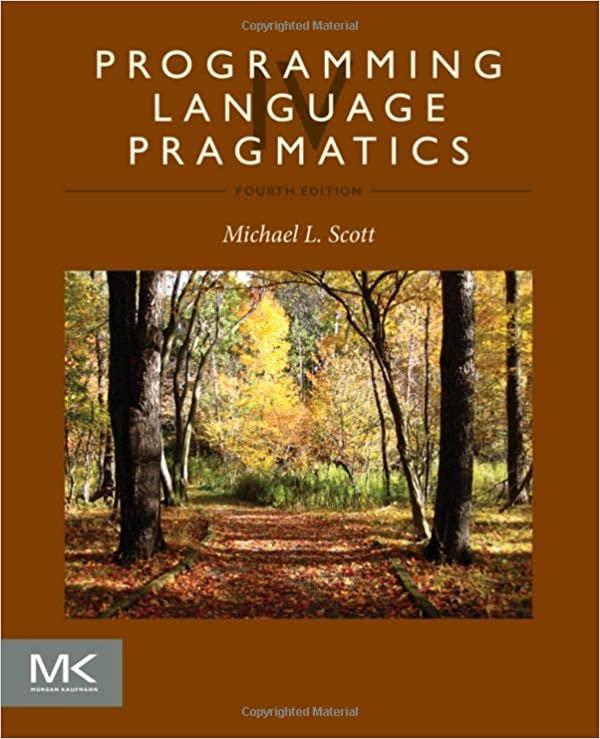Consider the following interaction with a Prolog interpreter: ?- Y = X, X = foo(X). Y =
Question:
Consider the following interaction with a Prolog interpreter:
?- Y = X, X = foo(X).
Y = foo(foo(foo(foo(foo(foo(foo(foo(foo(foo(foo(
foo(foo(foo(foo(foo(foo(foo(foo(foo(foo(foo(foo(
foo(foo(foo(foo(foo(foo(foo(foo(foo(foo(foo(foo(
foo(foo(foo(foo(foo(foo(foo(foo(foo(foo(foo(foo(
foo(foo(foo(foo(foo(foo(...
What is going on here? Why does the interpreter fall into an infinite loop? Can you think of any circumstances (presumably not requiring output) in which a structure like this one would be useful? If not, can you suggest how a Prolog interpreter might implement checks to forbid its creation? How expensive would those checks be? Would the cost in your opinion be justified?
Fantastic news! We've Found the answer you've been seeking!
Step by Step Answer:
Related Book For 

Question Posted:





